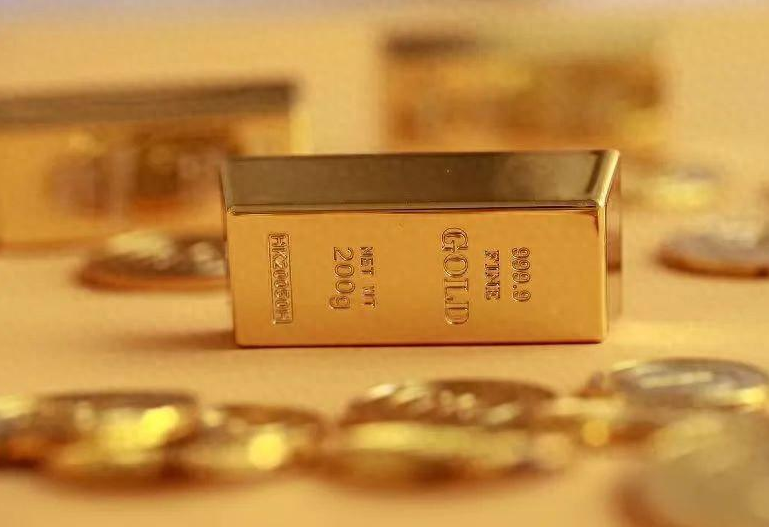Searching for the Consumption Rebound
Advertisements
In recent months, China has experienced a significant push towards stimulating domestic demand through a series of trade-in policies, primarily focusing on the automotive, home appliance, and home renovation sectorsThe rollout of these initiatives is expected to gather momentum, particularly starting in the second half of 2024, with a significant leap anticipated in the last quarterThis strategic move, aimed at rejuvenating consumer spending, is projected to extend into 2025, thereby solidifying an environment of renewed consumer confidence and purchasing power.
The central government has expressed a clear intention to broaden the categories of products eligible for trade-in subsidiesAs policymakers at both national and local levels work to enhance these programs, consumer demand is already witnessing a pent-up releaseThe benefits of these subsidies are evident across various sectors, with automotive scrappage incentives and trade-in bonuses igniting substantial sales in automobiles, and financial support for household appliances and home renovations significantly boosting income growth within those industries.
At a press conference held on December 20, officials from the Ministry of Commerce revealed that they are collaborating closely with relevant stakeholders to devise policies aimed at facilitating 'large-scale equipment upgrades and consumer goods trade-ins' for the coming year
Enhancing the reach of these policies is a primary objective, and there appears to be a concerted effort to widen the eligibility for trade-in rebates.
Insights from various departments indicate the likelihood of continuous subsidies for automobiles, home appliances, and household goods in the coming yearNotably, local governments have also stepped up with their own support measures, issuing consumption vouchers aimed at stimulating offline spendingThis dual approach, combining national guidance with localized incentives, sets the stage for a robust recovery in consumer expenditures.
The impact of these subsidies is already noticeableAccording to data released by the National Bureau of Statistics, in November 2024, total retail sales of consumer goods reached 43,763 billion yuan, a 3% increase year-on-yearWhile this growth rate is slightly slower than the 4.8% recorded in October, it still reflects a sustained recovery in consumer confidence.
Examining specific products reveals a different story
- U.S. Debt Soars to $50 Trillion
- The MSTR Strategy Has Failed
- 2025: Future Trends in China's Retail Sector
- The Future Direction of Wearable Device Upgrades
- Morning Insights FM-Radio | January 3, 2025
Home appliances and audio-visual equipment saw a remarkable 22.2% increase in sales, furniture sales rose by 10.5%, and automotive sales were up by 6.6%. These categories represent the fastest-growing sectors amid this recovery, underscoring the effectiveness of the trade-in policies as a catalyst for consumer engagement.
Throughout 2024, the trade-in and scrappage subsidy schemes for automobiles began implementation at the end of April, with detailed guidelines introduced in JulyBy August, subsidy levels were increased significantly: consumers received 20,000 yuan for purchasing new energy vehicles and 15,000 yuan for internal combustion engine vehicles, substantially higher than the original subsidies.
Local governments have also put forth their automotive trade-in subsidy programs, leading to tangible outcomesAs of mid-December, the Ministry of Commerce reported nearly 2.7 million vehicles scrapped and over 3.1 million vehicles replaced through trade-ins, along with more than 51.2 million household appliances purchased as part of the trade-in initiative.
These efforts have also driven growth in the used goods market
The transaction volume for used cars in November reached 1.786 million units, up 8.1% year-on-year, and the volume of scrapped vehicles experienced a staggering growth of 141.6%. Moreover, the volume of recycled household appliances increased by 7.7% during the same periodThis flourishing secondary market reflects the tangible benefits of the trade-in policies.
As highlighted by CICC, 2024 marks a notable progression of these trade-in policies, collectively impacting the automotive, home appliance, and home improvement sectorsThe policies in place have proven to significantly bolster these industriesAs of December 13, 2024, the overall consumer goods trade-in policies have generated sales surpassing 1 trillion yuan, with automotive trade-ins facilitating the sale of over 5.2 million vehicles and home appliances exceeding 49 million units sold.
Notably, the overall sales for home appliances reached staggering levels, with over 29.6 million consumers purchasing nearly 46 million units, totaling sales of approximately 201.9 billion yuan—over 90% of which were energy-efficient products

Such figures speak volumes about consumer preferences shifting towards greener alternatives amid an environment of economic recovery.
Alongside the evident benefits from trade-in subsidies, local governments are enhancing their efforts by offering consumption vouchers to invigorate offline spendingFor instance, in September 2024, Shanghai distributed 500 million yuan in consumer vouchers aimed at four primary sectors: dining, accommodation, cinema, and sportsFollowing this initiative, substantial usage of vouchers was recorded, thereby invigorating local business activities.
The implementation of such localized measures, including the distribution of vouchers aimed at rekindling face-to-face consumer interactions, is a strategic step in fortifying economic growthThese vouchers are anticipated to catalyze a sharper recovery in several urban areas as the local economies transition into 2025 and beyond.
Looking ahead, there is a consensus that the trade-in policies will continue to evolve, potentially expanding to encompass a wider array of products, thereby driving further demand increases across various sectors
This sentiment is echoed by both policymakers and financial analysts alike, as discussions about broadening eligibility criteria and facilitating cross-product trade-ins gain traction.
Moreover, there are ongoing discussions surrounding the potential inclusion of various electronic consumer products, including smartphones, tablets, and wearable devices, under the trade-in umbrellaThis strategic move could capture an even broader consumer base, thereby tapping into significant, untapped demandFor instance, as of December 2024, provinces like Jiangsu and Shandong have initiated local subsidies for electronics, reinforcing the belief that such initiatives can effectively stimulate consumption.
In summary, these trade-in programs have proven beneficial not only in stimulating consumer spending but also in revitalizing the broader economy
Leave a Comment